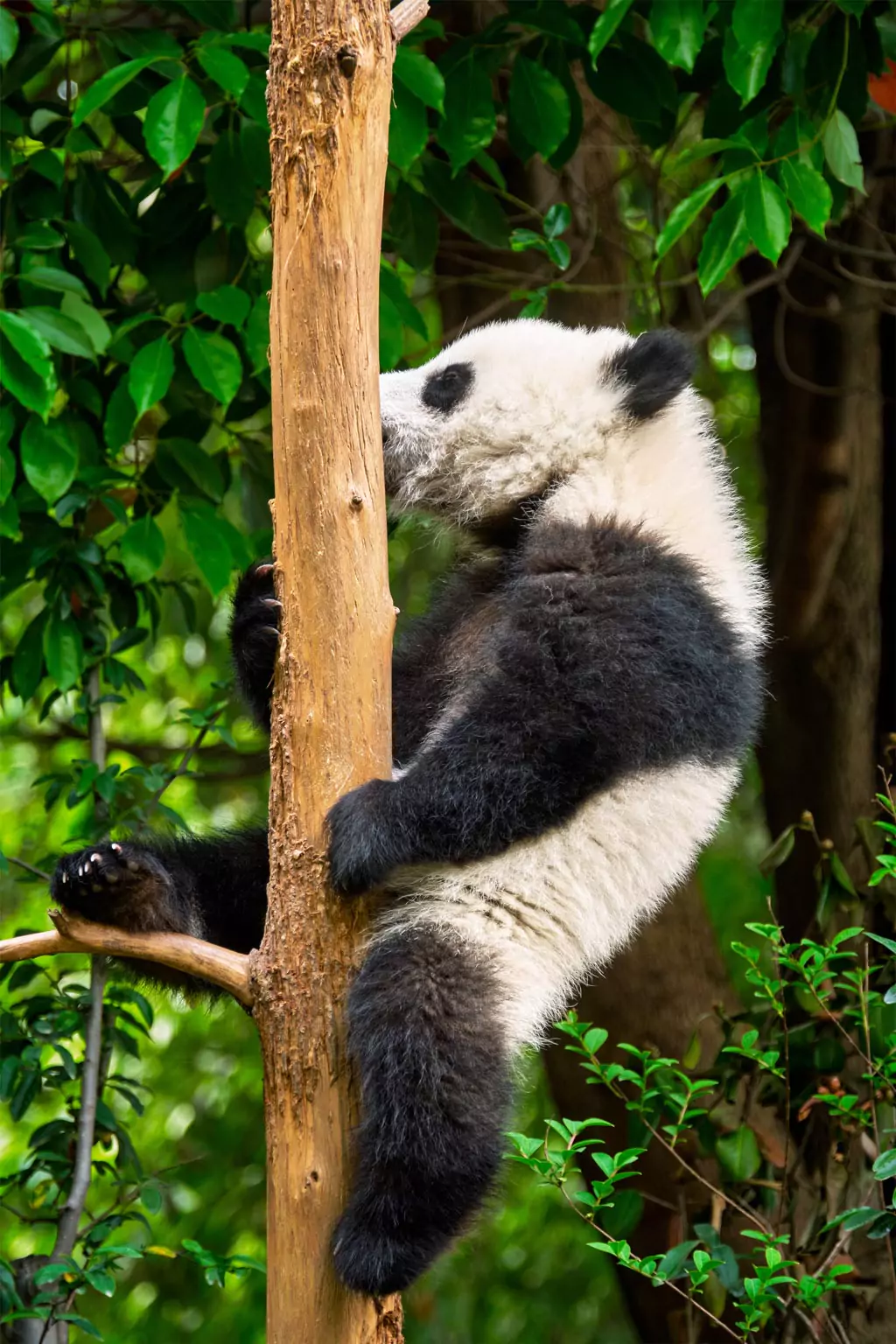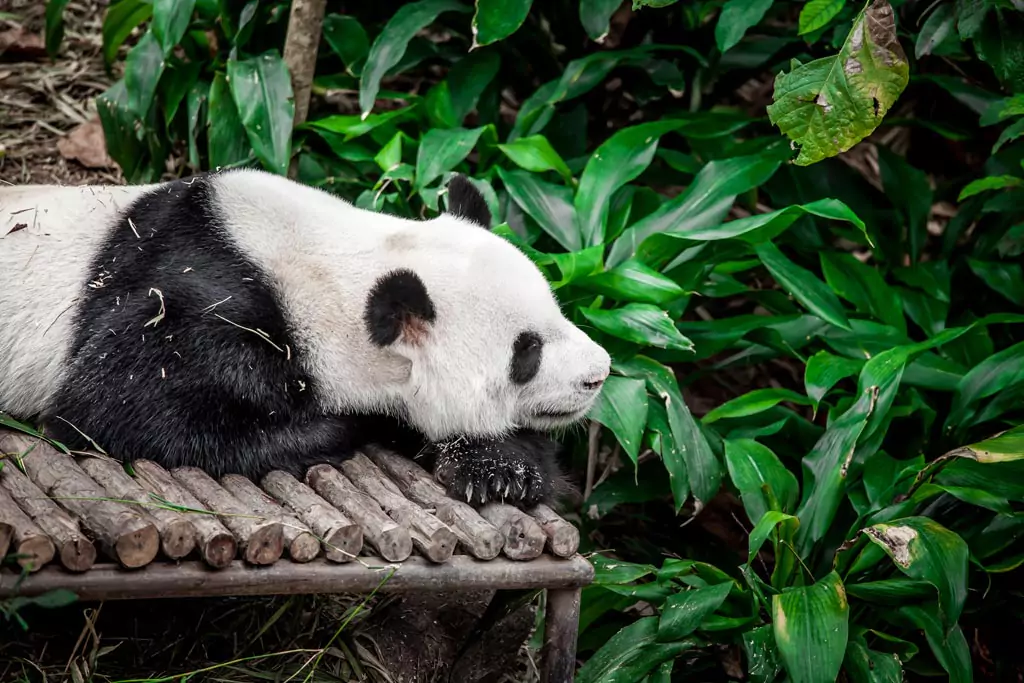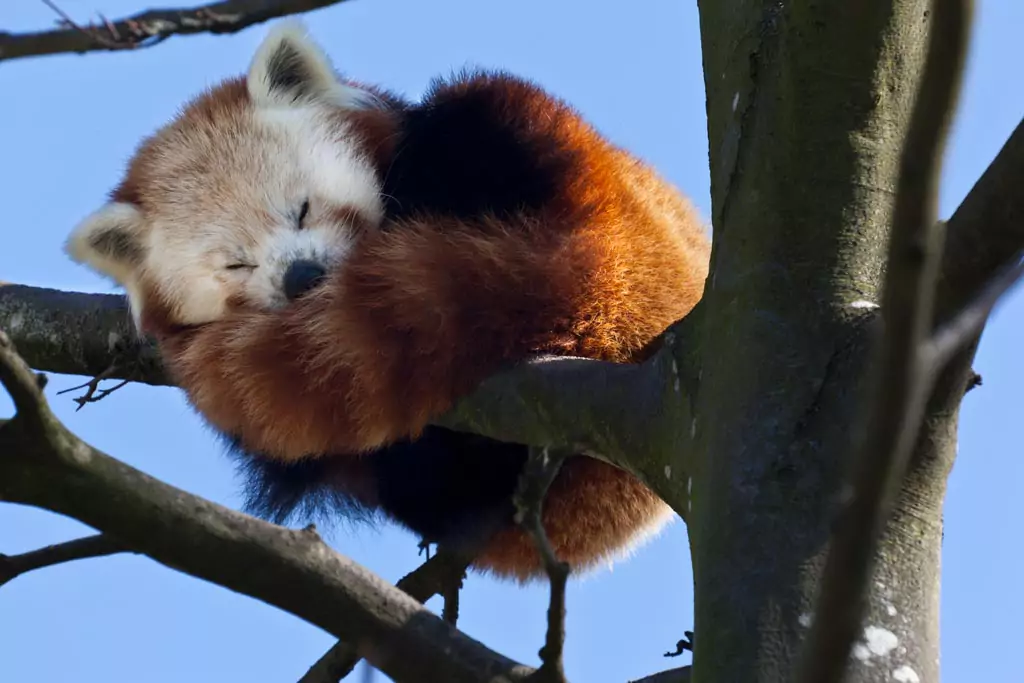A Deep Dive into the Mating Habits of Giant Pandas
Giant pandas, with their distinctive black and white fur, have captured the hearts of many around the world. But beyond their adorable appearance lies a complex and intriguing mating behavior that has long been a subject of study and fascination. In this article, we'll delve into the world of panda mating, exploring the intricacies of their reproductive habits, challenges, and the efforts to ensure their survival.
Key Takeaways:
- Giant pandas have a very specific mating season, typically between mid-February and mid-May.
- Female pandas are receptive to mating for only a few days within this period.
- Males compete for the attention of females, with dominance playing a crucial role.
- Successful mating in captivity has been a challenge, but recent efforts have shown promise.

The Mating Season of Giant Pandas
When Does It Happen?
Giant pandas are solitary creatures that usually come together only during the mating season. This season occurs between mid-February and mid-May, with most females going into estrus from mid-March to mid-April. During this period, pandas communicate more frequently, using vocalizations and scent markings to signal their readiness to mate.
How Do They Communicate?
About two weeks before females enter estrus, they increase their vocalizations and scent markings. They often move to the outskirts of their territories, rubbing their anal area on trees and rocks to deposit secretions from their anogenital glands. These scent markings play a crucial role in attracting potential mates.

Males, on the other hand, are drawn to these auditory and olfactory cues. It's not uncommon for three to four males to congregate around a single female. However, the window for successful mating is narrow. Females are receptive for only a few days each year, with one particular day being the most optimal for mating.
https://www.youtube.com/watch?v=RbfiXSO6dy4
The Challenges of Panda Mating
Dominance and Competition
As females near ovulation, they often take refuge in trees. Meanwhile, males on the ground engage in displays of dominance. They emit barks, similar to dogs, and growl to establish their position. Physical altercations between males are not uncommon, with lunges, swats, and attempts to grab each other's necks. The dominant male, once established, stays close to the female, fending off any intruders until she's ready to mate.

The Act of Mating
Mating for pandas is not straightforward. Male pandas have one of the smallest penises relative to body size in the animal kingdom. For successful mating, the female must assume a specific posture, known as the lordosis posture. In this position, she arches her back and raises her tail, allowing the male to enter from behind. After mating, both pandas emit a goat-like cry, and the male performs a "roll back," sitting and pulling the female onto him.
https://www.youtube.com/watch?v=d6YeB3mRFyk
Mating in Captivity: A Historical Challenge
When captive breeding programs for giant pandas began in the mid-20th century, they faced numerous challenges. Initially, the success rate was low due to a lack of understanding of panda communication and its significance in mating. Pandas in captivity were kept separate and only brought together during mating season, depriving them of the essential exchange of scent and vocal cues.
Moreover, early breeding programs struggled with maternal care. Cubs need physical stimulation to defecate, and this was not well-understood initially. Today, while captive breeding programs have improved, there's still room for enhancement. Recent studies have shown that pandas paired with preferred mates have higher chances of successful reproduction.

https://www.youtube.com/watch?v=GMFUO2JbMOo
FAQs about Panda Mating
-
How often do pandas mate?
- Pandas, especially in the wild, have a very specific mating season which lasts from March to May. During this period, female pandas are receptive to mating for only two to three days. This short window makes panda reproduction particularly challenging.
-
Why is panda mating so difficult in captivity?
- Several factors contribute to the challenges of panda mating in captivity. These include lack of sexual experience, unsuitable environments, and stress. In many cases, captive pandas are not familiar with mating rituals and may not show interest in their partners.
-
What are the signs that a female panda is ready to mate?
- Female pandas exhibit specific behaviors when they are in estrus and ready to mate. These behaviors include increased vocalizations, restlessness, and specific postures. Additionally, hormonal changes can be detected through urine tests.
-
How do zoos assist pandas with mating?
- Given the challenges of natural mating in captivity, many zoos resort to artificial insemination to increase the chances of successful reproduction. Additionally, some zoos use "panda porn" or videos of pandas mating to stimulate interest and teach captive pandas about the mating process.
-
What is the gestation period for pandas?
- The gestation period for pandas can vary widely, ranging from 85 to 160 days. This variation is due to a phenomenon called delayed implantation, where the fertilized egg does not immediately implant in the uterus.
-
Do pandas mate for life?
- Unlike some animals that form lifelong bonds with their partners, pandas do not mate for life. In the wild, male pandas may compete for the attention of a receptive female, and she may mate with multiple males during her short receptive period.
-
How many cubs can a panda have in her lifetime?
- On average, a female panda can give birth to around five to eight cubs in her lifetime. However, not all of these cubs may survive to adulthood.
-
Why are panda births so significant?
- Given the endangered status of pandas and their low reproductive rate, every panda birth is celebrated as a significant contribution to the conservation of the species.
-
What challenges do panda cubs face after birth?
- Panda cubs are extremely vulnerable after birth. They are born blind, hairless, and weigh only about 100 grams. The mother needs to constantly care for and protect her cub from potential threats.Watch Video
-
How do conservationists help increase the panda population?
- Conservationists employ various strategies to boost the panda population. These include habitat restoration, anti-poaching measures, and breeding programs in captivity. Efforts are also made to reintroduce pandas into the wild to establish self-sustaining populations.






